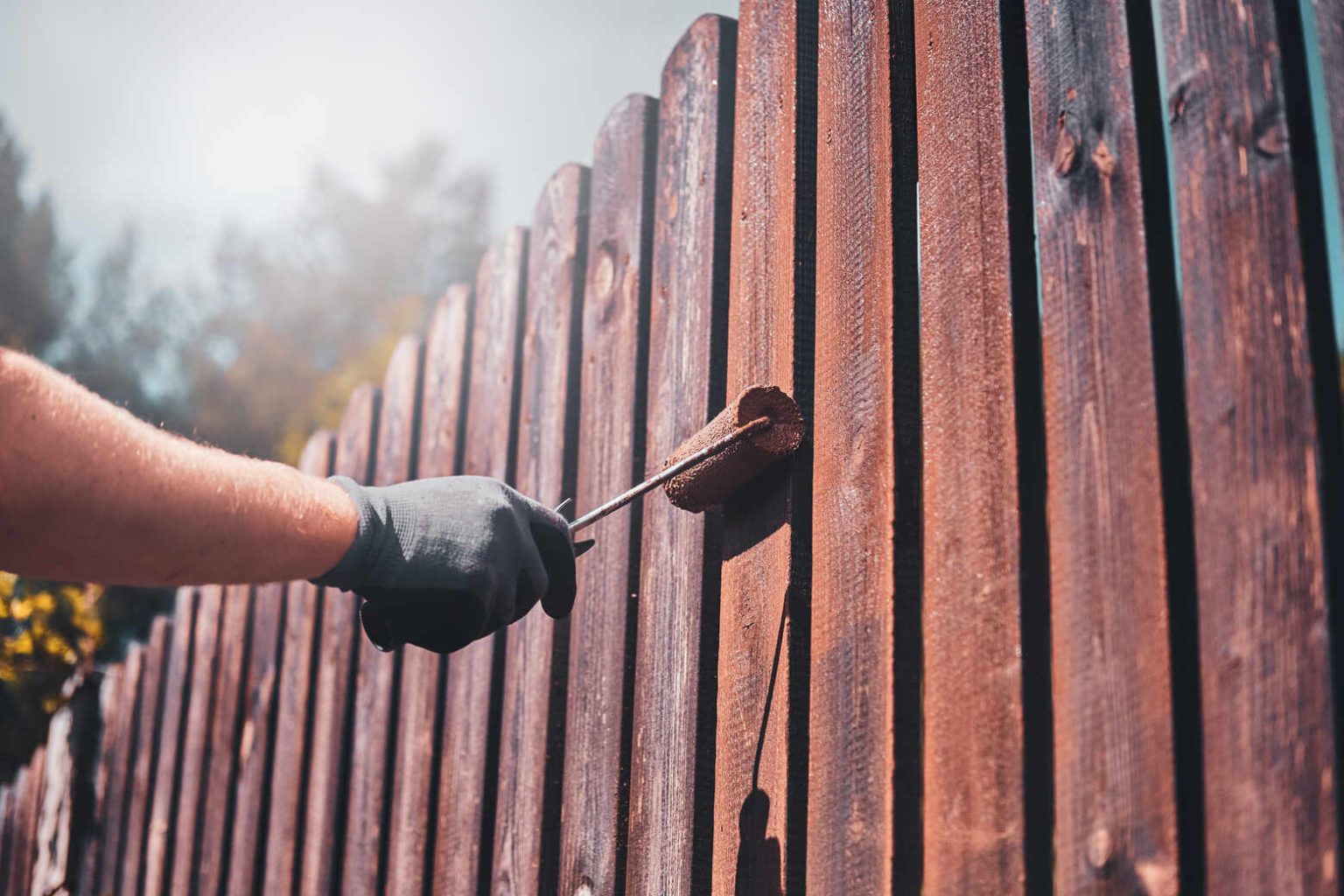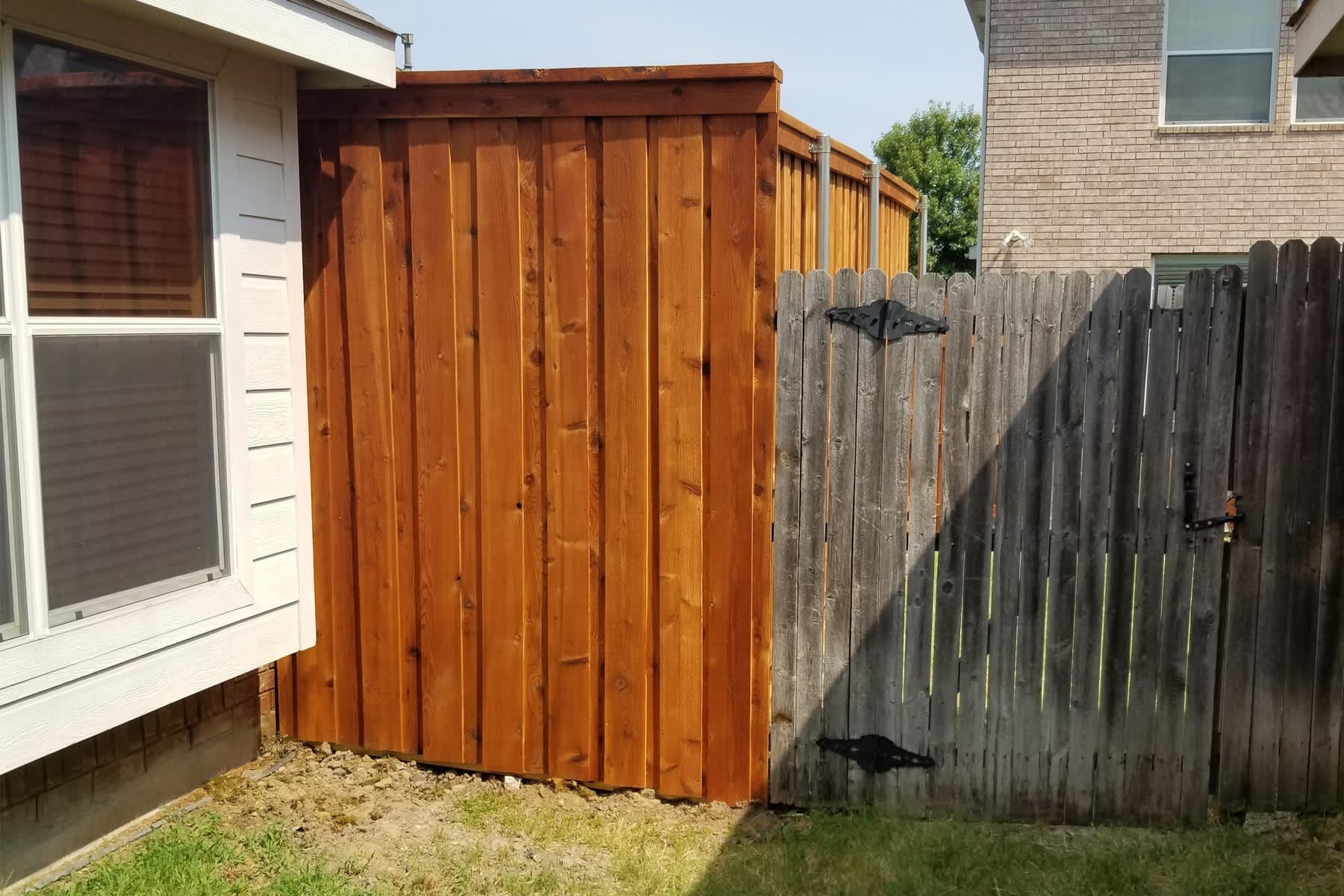How to Accomplish Expert Results With Deck Discoloration
The process of transforming an aging deck into a revitalized exterior area needs more than simply a layer of tarnish; it necessitates a methodical method and focus to information. From picking the suitable stain for your deck's timber kind to mastering the application strategy, each step plays a crucial role in the last end result.
Choosing the Right Discoloration
Picking the appropriate tarnish for your deck is a vital choice that significantly influences the total appearance and long life of the coating. When selecting a tarnish for your deck, it is necessary to think about both the aesthetic preferences and the functional elements of the product. The very first consideration is whether you favor a transparent, semi-transparent, or solid color discolor. Clear stains permit the all-natural elegance of the wood to show through yet supply much less UV defense. Semi-transparent stains provide a concession between shade and wood grain presence while providing moderate UV protection. Strong color discolorations, on the other hand, offer one of the most UV protection and supply a vast array of color choices however will entirely hide the wood grain.

Furthermore, think about the sort of wood your deck is constructed from, as different stains are created to work best with details timber kinds. Comprehending the degree of upkeep you want to dedicate to is also crucial, as some discolorations may require more constant reapplication than others. By thoroughly taking into consideration these factors, you can pick a stain that not just boosts the look of your deck but additionally safeguards it for several years ahead.
Preparing the Deck Surface Area
When considering deck staining, the first step in the direction of achieving expert results entails completely preparing the deck surface area. Correctly preparing the deck surface area is important as it ensures that the discolor sticks well and gives resilient security to the timber.
Fining sand the deck surface area is also important to smooth out any kind of harsh locations and open up the timber pores for better tarnish infiltration. Utilize a medium-grit sandpaper to sand the deck in the direction of the wood grain.
Finally, secure any type of close-by plants, furniture, or surface areas from potential damage by covering them with plastic sheeting or ground cloth. Putting in the time to completely prepare the deck surface area sets the foundation for a successful staining job and ensures professional-looking results.
Applying the Spot
To achieve a specialist coating when discoloring a deck, careful application of the stain is vital. Beginning by ensuring excellent climate condition - a completely dry day with temperature levels in between 50-90 ° F is ideal. Prior to start, thoroughly stir the stain to make certain an also uniformity. Use a brush, roller, Visit Website or sprayer , depending on the dimension and complexity of the deck. Start using the discolor in the outermost corner from your leave from this source indicate prevent tipping on newly stained areas. Operate in convenient areas, typically 2-3 boards at once, relocating along the length of the boards to avoid lap marks. Apply the stain evenly, complying with the wood's grain to improve the deck's all-natural charm. Be cautious for drips, pooling, or irregular protection, smoothing them out immediately. If required, allow the initial coat to dry totally prior to taking into consideration a 2nd layer. deck staining near me. Keep in mind to adhere to the producer's instructions relating to drying times and cleaning. By using the stain diligently, you'll achieve a professional-looking surface that enhances both the appearance and long life of your deck.
Making Sure Proper Drying Time
Making certain adequate drying time post-staining is important to the general success of the deck project, as it enables the tarnish to properly establish and bond with the wood surface area. Rushing this stage can bring about a variety of problems, including irregular coloring, inadequate bond, and a shorter life expectancy for the finish. The drying time required can differ based upon factors such as the kind of tarnish utilized, weather, and the porosity of the wood. As a general standard, a lot of deck stains will certainly need at the very least 24-48 hours to dry fully.
During this drying out duration, it is important to keep the deck surface totally free from any foot website traffic, furniture, or various other things that might disrupt the finish. Additionally, it is important to stay clear of exposure to moisture, such as rainfall or dew, which can jeopardize the drying out process. Correctly dried stain will feel completely dry to the touch and will certainly not leave any residue on your fingers when lightly rubbed. Making the effort to ensure thorough drying will certainly add substantially to the longevity and look of your stained deck.
Keeping Your Tarnished Deck
Appropriate upkeep of a discolored deck is important for protecting the stability and look of the finish attained through extensive drying - deck cleaning near me. To maintain your discolored deck properly, normal cleansing is essential. Sweep away debris and dirt on a regular basis to stop discoloration and mold and mildew development. Take into consideration utilizing a gentle detergent mixed with water to scrub the surface and get rid of any kind of built-up grime. It is a good idea to clean your deck a minimum of twice a year, preferably in the spring and loss, to keep it looking fresh and dynamic.

Verdict
In final thought, attaining specialist outcomes with deck staining involves selecting the suitable discolor, properly preparing the deck surface area, applying the stain uniformly and continually, permitting for sufficient drying out time, and preserving the stained deck regularly. By adhering to these steps carefully and attentively, you can make sure a magnificently tarnished deck that improves the look and long life of your exterior area.

Proper maintenance of a stained deck is necessary for preserving the stability and appearance of the coating accomplished via complete drying out.